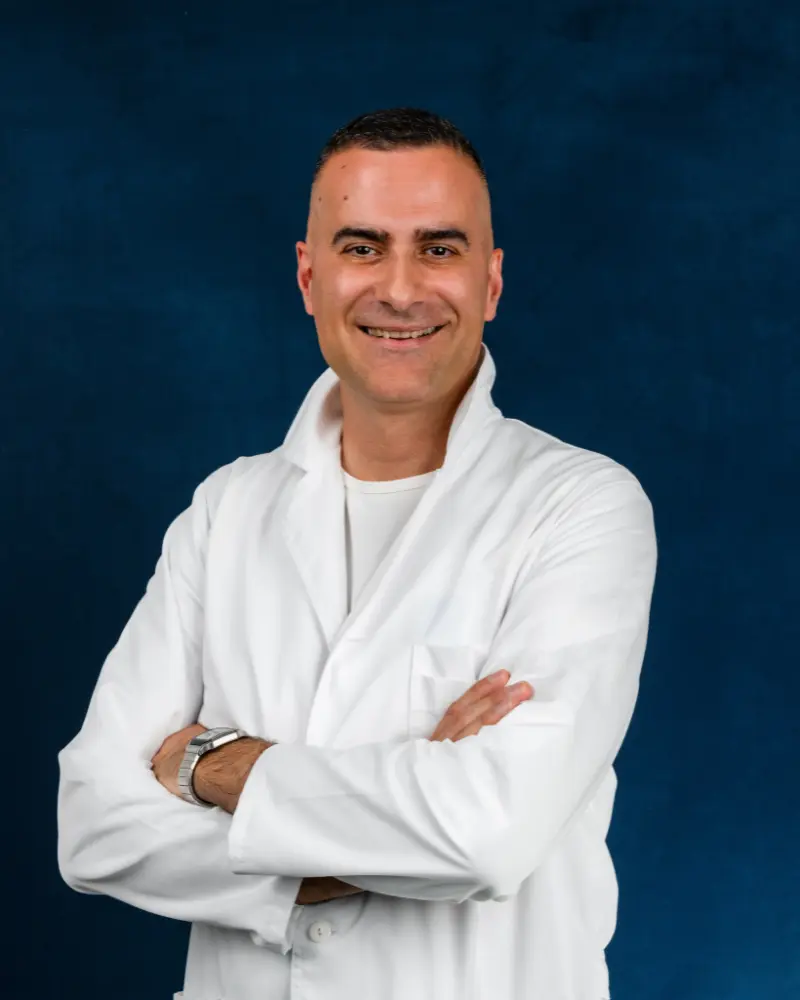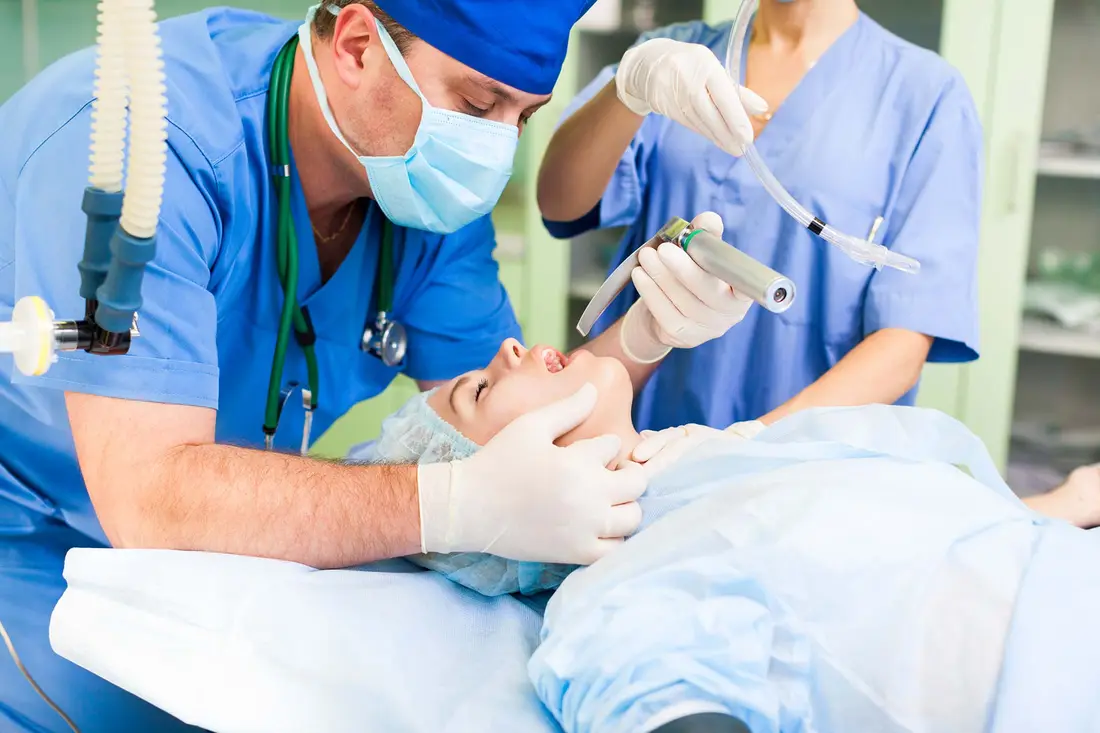


At MD medicina, you will meet with an anesthesiologist a few days before the surgery in the pre-operative anesthesia clinic. Along with the invitation to the anesthesia examination, you will also receive all the necessary instructions for your personal doctor, which tests you need before the surgery or anesthesia, depending on your age, concomitant diseases and the type of surgery. You will then bring the results of the aforementioned tests with you to the anesthesia examination.
Before going to the operating room, the patient must remove glasses, contact lenses, dentures, and all jewelry. When the patient is admitted to the operating room, a blood pressure cuff is placed on the patient's arm, ECG electrodes are attached to the chest to monitor the heart rate, and a finger clip (pulse oximeter) is placed on the patient's finger to measure blood oxygen saturation.
During surgery, the anesthesiologist uses infusions to replace the patient's lost body fluids, and in some major surgeries, it is also necessary to replace the patient's lost blood, which is called a transfusion. In doing so, the anesthesiologist takes into account the latest guidelines and standards for administering transfusions or blood products.
The anesthesiologist manages anesthesia so that the sleep lasts an appropriate amount of time depending on the operation, and after the operation, the patient wakes up quickly and pleasantly and does not feel pain. The awakening takes place in the operating room, where the patient is monitored by the anesthesiologist and the anesthesia nurse. When the patient wakes up and is breathing satisfactorily on his own and his reflexes have returned, the anesthesiologist removes the breathing tube (or laryngeal mask airway). The patient usually does not remember this period later.
The anesthesiologist will make sure that you will not have any pain after the operation, or that the postoperative pain will be as minimal as possible. You will also actively participate in this and you do not have to suffer the pain. Good pain management is very important, because in addition to the fact that pain is unpleasant and makes you suffer, pain also has other adverse effects: increased blood pressure, accelerated heart rate, stress hormones are released... Good pain management enables good cooperation with the physiotherapist, thus shortening and improving your recovery.
Before a planned surgical procedure, the patient should not eat solid food for at least 6 hours before induction of anesthesia. However, they may drink clear liquids (water or unsweetened tea) during this period up to 2 hours before induction of anesthesia. It is also necessary to stop chewing gum or smoking at least 2 hours before induction of anesthesia.
Taking into account modern medical doctrine, planned anesthesia is safe and is carried out according to the most modern professional guidelines. In recent years, we have had access to newer anesthetics, technologically advanced anesthesia machines, newer, precise equipment for monitoring or controlling patients' vital functions, and well-trained anesthesiologists, all of which contribute to the safe implementation of anesthesia.


Monday - Thursday
Friday
Saturday - Sunday
08:00 - 19:00
08:00 - 16:00
Closed
Copyright © 2025 MD medicina | All Rights Reserved | Quality and safety | Privacy Policy